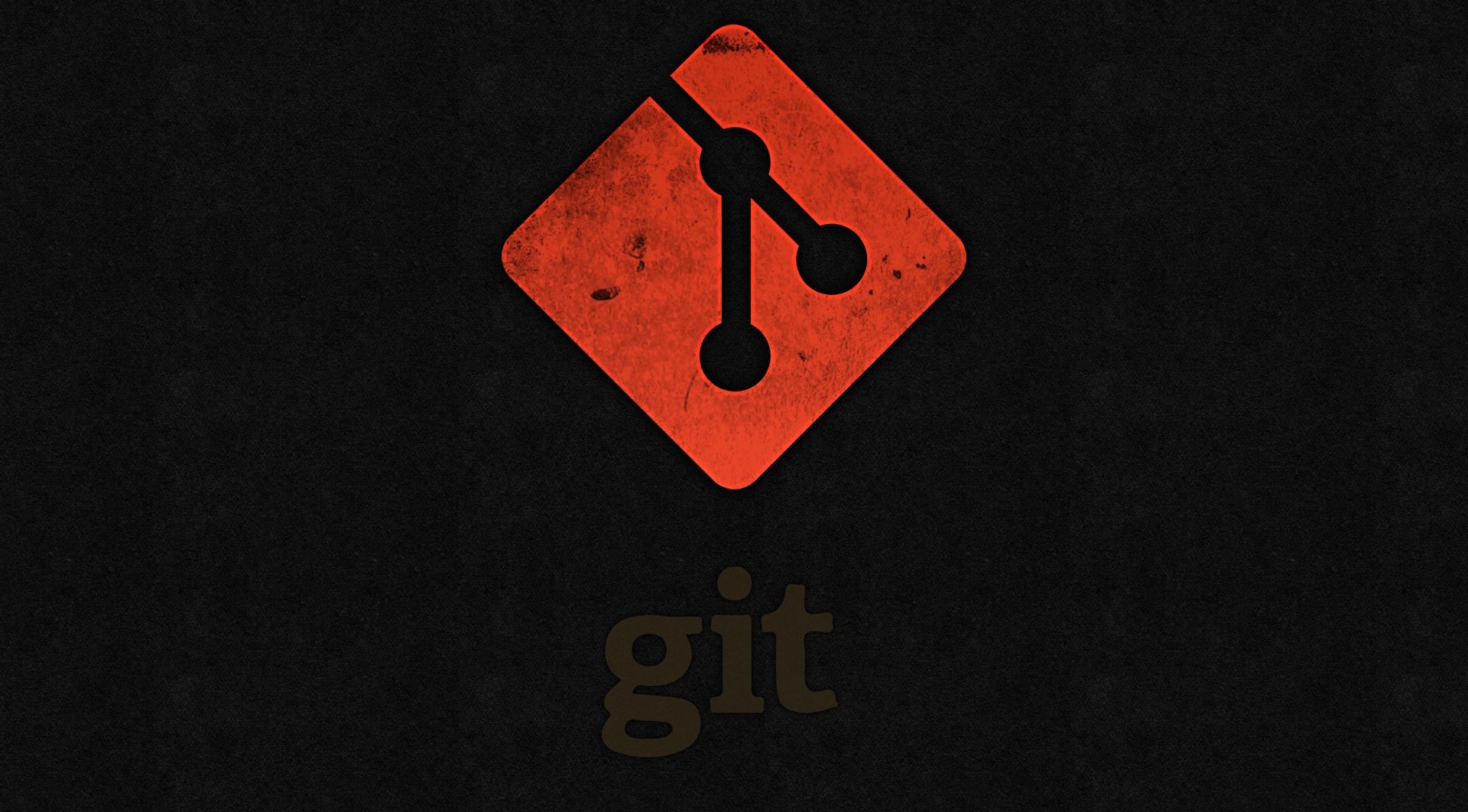Stay Synchronized and Share Code with Git 🔃
 RAKESH DUTTA
RAKESH DUTTA
Git is a versatile powerful tool widely used for tracking changes in source code in computer files and enabling collaboration between developers. It was created by Linus Torvalds in 2005. Git has become essential tool for developers worldwide. Genuinly it was developed for managing software code. Git is now widely used across industries to efficiently manage changes on a file. It allows developers to create file versions, be collaborative and merge changes smoothly. Git also tracks file history supports parallel development with branches & allows rollbacks to previous versions also makes it easy for teams to collaborate remotely. Whether for software development or other projects. Git makes it easy for teams to handle changes and work together smoothly.
Features of Git
Git is a versatile version control tool that supports all on operating systems including subversion or SVN repositories. It has powerful capabilities like branching for safe project changes and reliable data backups to central repositories. Git enhancing speed and scalability also ideal for efficiently managing large projects.
Compatibility : Git works seamlessly on all operating systems also interact with remote repositories created using subversion ensuring flexibility and compatibility across different environments.
Branching : Branching feature allow developers to create separate branches for different features or fix & enable efficient collaboration and experimentation without touching the main project.
Reliability : Data stored in Git's central repository is consistently backed up, ensuring security and easy recovery even in the event of server failures.
Speed : Git is highly efficient for managing large projects, offering fast operations such as commit, branching, and merging, which increases overall productivity.
Economic : Git is cost-effective because it is freely available under the GPL, eliminating the need for expensive licenses and reducing infrastructure costs associated with version control.
Usecase of Git
It is widely used in software development to manage and track changes made on source code over time. It gives developers the ability to collaborate rollback to previous versions and efficiently maintain project change history.
It has popular usecases most of them are mentioned below
Version control : Git tracks changes on our project so we can easily undo mistakes and rollback to previous version if needed.
Collaboration : It allows many developers to work together on a project at the same time. Each developer can make changes without touching others and those changes can smoothly integrated.
Backup : It helps us to our entire project history & acting as a secure backup for all version of our files and code.
Branching and Merging : It has a branching system which allow us to create separate work field to test new features or fixes without getting in touch with the main project. Merging allow us to merge changes into the main branch.
Open Source Projects : Many open source project use it for version control. It allow us to contribute to these projects by effectively managing code changes.
Industry standard : It's widely used in software so it's mandatory for developers have knowledge . It helps manage code and work together on projects.
Git LifeCycle
In Git files go through working directory where the changes actually made by developers then comes stages modified or changed after staged ready to commit and committed stored in the repository history. Commits store those changes permanently into the repositories.
Git lifecycle are depends on three phases which mentioned below.
Git Working directory : The git working directory is where our project files are stored on our computer. When we start using git with git init to initialize the repository it starts tracking changes in this directory and creates a hidden .git folder.
Git Staging area : After placing our project files in the working directory we choose which ones to track. Git doesn't track every files some them are temporary and won't be saved. To prepare the files for tracking, we use "git add" to transfer them to the staging area before making changes.
Commits : Once the files are ready in the staging area we commit them to the Git repository. This action permanently records the changes, identified by a alphanumeric commit ID. We start this process with git commit -m <message>.
Woking with Git
Git is popular because it is easy for developers to use and understand. Its user-friendly layout helps developers effectively manage project changes, simplifying software development collaboration and version control.
Git Init : Git init turns a folder into a new repository. After running git init we can start adding and saving files and folders.
Git config : This action in gti and this command allows us to assign these settings with username and usermail are two significant settings that set a username and email address.
Git Status : This action or command returns the current state of a repository. The file is in the staging area but not committed.
Git Branch : This command sets the local repository branch and allows us to add or remove a branch.
Git Checkout : Through this action we can use this command to switch to another branch.
Git Pull : This action pulls down changes from a remote repository and updates our local copy to match those changes. It's like a two-in-one command that fetches and merges updates automatically.
Git Push : This action pushes our local changes to a remote repository, enabling collaboration and sharing progress with others.
Git Fetch : This action downloads content from a remote repository without automatically updating our local files. This is a safe choice as we can review the changes before deciding to merge them into our local repository.
Git add : This action allows us to add files to the Git staging area. The file must be added to Git's index before it is available for commit to a specific repository. We can use this command to add directories, files, etc.
Commit : This action capture snapshot of the changes made to the local repository. It's like saving the progress.
Git log : This action in git displays a history of commits to the current branch, showing who made the changes and when they were made.
Git Merge : This action in gti allows us to merge two or more branches. It merges those changes which has been made on branches.
Git stash : This action in git it temporarily saves our current change allowing us to switch to another task or branch without committing them.
Git rm : Caution This action in git remove files from both our Git repository and our local working directory. This is a command we use it when we want to permanently remove files from your project.
Overall, Git is a free tool that tracks code changes perfect for both small and large projects. It helps developers work on multiple tasks at the same time using branches and merges. Created by Linus Torvalds in 2005 for the Linux kernel.
Subscribe to my newsletter
Read articles from RAKESH DUTTA directly inside your inbox. Subscribe to the newsletter, and don't miss out.
Written by
